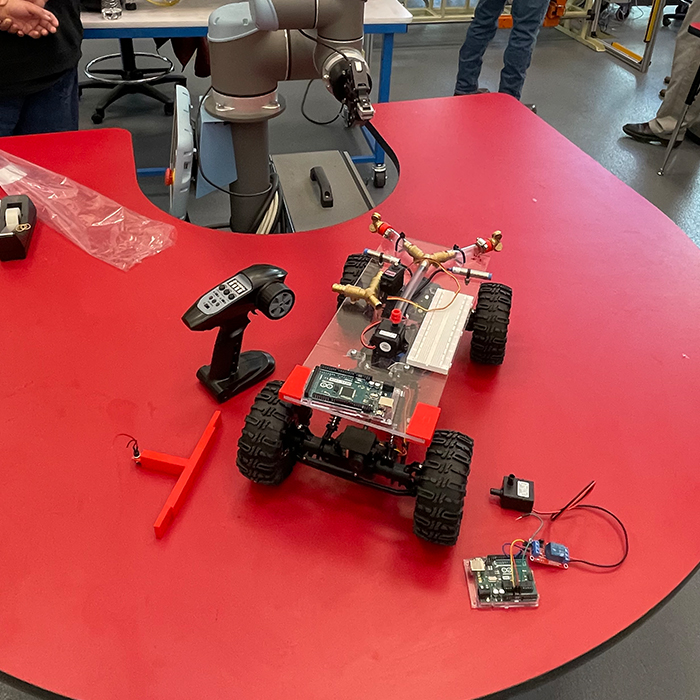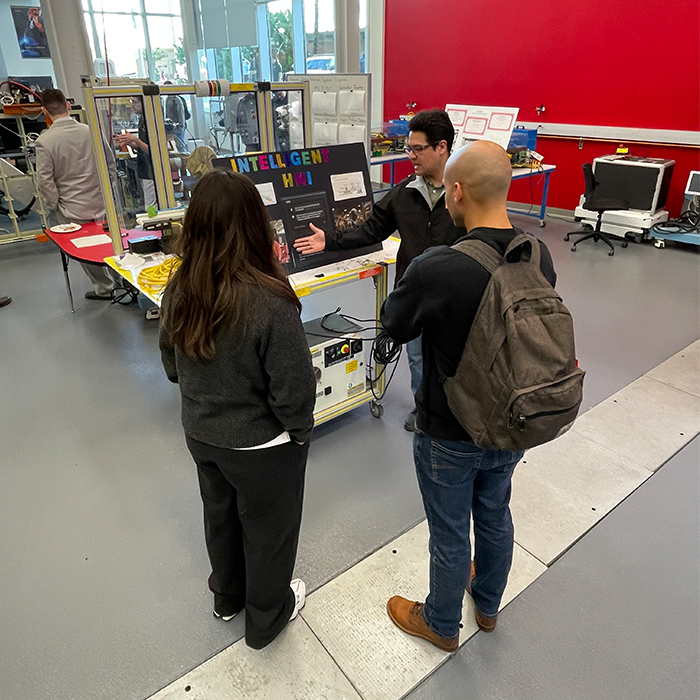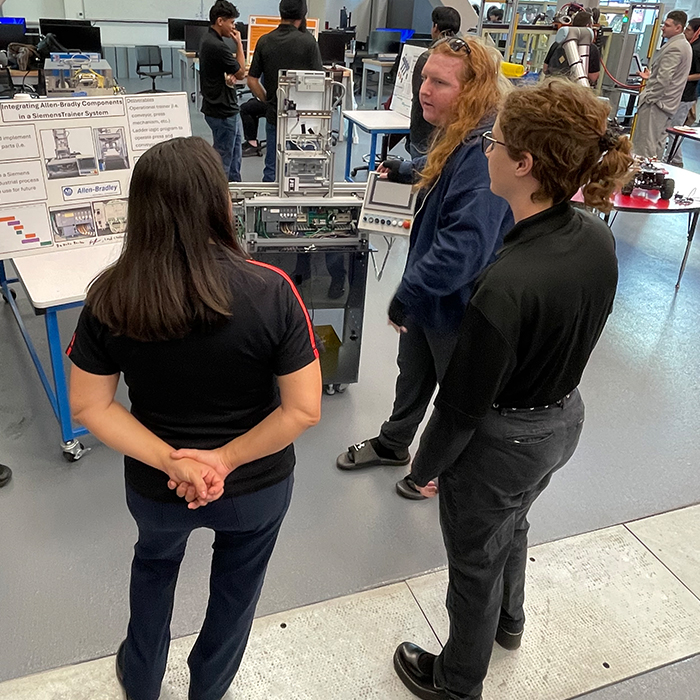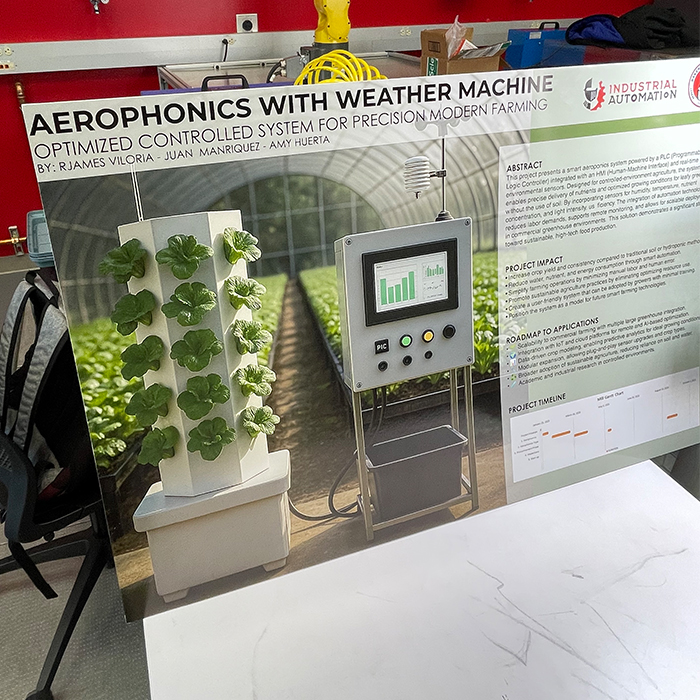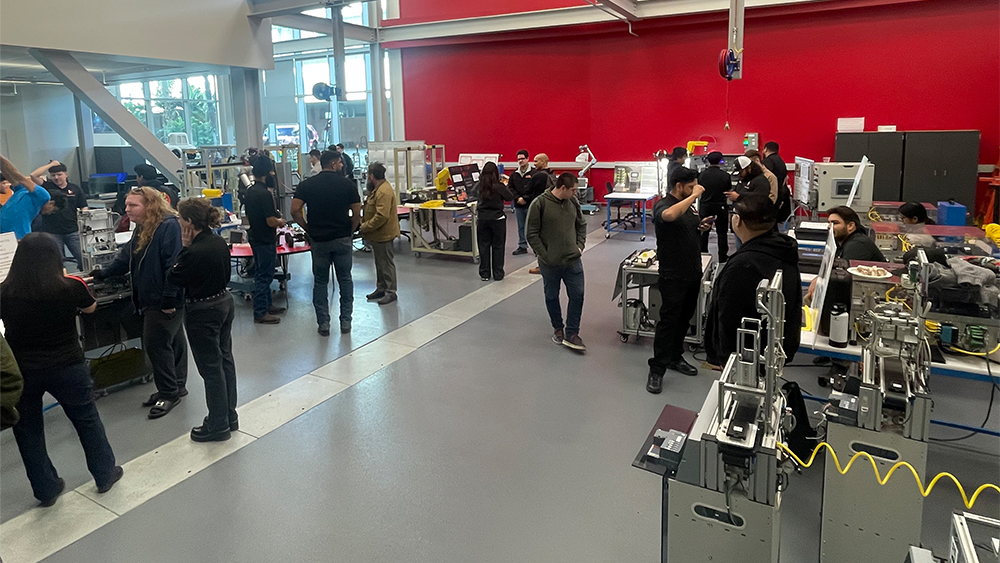- UK Government provides over £120m support package as part of £150m joint investment with INEOS to protect vital chemical production and 500 jobs at Grangemouth, plus hundreds more in the supply chain.
- Unique plant strategically important for UK’s critical national infrastructure, energy, manufacturing, North Sea operations and modern Industrial Strategy.
- Deal secures operational commitment from INEOS for the plant and multimillion-pound investment from the company.
Britain’s last ethylene plant at Grangemouth has been saved by the UK Government – securing 500 good jobs and hundreds more across the region in the supply chain.
Thanks to a landmark partnership between the UK Government and INEOS, the future of this vital site is now protected, sending a clear signal: this Government is backing workers and their communities across the whole of the UK.
With over £120 million in UK Government support and major investment from INEOS, the Grangemouth plant will stay open with jobs secured.
This huge win keeps the heart of Scotland’s industry beating strong, supports local families, and keeps critical supply chains running nationwide.
This package will help secure the site’s operations and contribute toward improving energy efficiencies, reducing carbon emissions and increasing productivity, helping to secure the site’s long-term competitiveness and sustainability. INEOS has spent over £100 million over the last year maintaining operations at the site.
The Grangemouth plant is vital for the whole UK economy. It produces ethylene which is essential for medical-grade plastics and use in the chemical supply chain. These plastics are also vital to key industries, including advanced manufacturing, automotive, and aerospace, where they are used in nearly every product.
The decisive action from the UK Government is part of its modern Industrial Strategy, which identifies chemicals as a vital foundational sector that underpins the UK’s high-growth industries like defence and advanced manufacturing by producing the materials they all depend on, while also being essential to many supply chains.
The UK Government is backing the chemicals sector through the Industrial Strategy with targeted support to bring down energy costs, including through the British Industrial Competitiveness Scheme – which will slash costs for businesses in sectors including chemicals by up to 25% – and the British Industrial Supercharger, which will save Britain’s most energy-intensive firms money on their electricity costs.
The plant also links to the Forties Pipeline System, which is key for transporting North Sea oil and gas to onshore facilities. Without government intervention, the plant’s closure would have seriously affected hundreds of onsite workers, impacted thousands of jobs regionally, and devastated supply chains.
Business Secretary Peter Kyle will formally announce the support today (17 December) during a visit to the INEOS site in Grangemouth with the Chancellor and Scotland Secretary.
Prime Minister, Keir Starmer, said:
When we said we’d protect jobs and invest in Britain’s future, we meant it – and this is proof.
Through partnership, determination, and our Modern Industrial Strategy, we’re delivering new opportunities, fresh investment, and security for the next generation of workers in Scotland.
This is about good jobs, stronger communities, and a modern economy that works for everyone.
Our commitment is clear: to back British industry, to stand by hardworking families, and to ensure places like Grangemouth can thrive for years to come. Promise made, promise delivered.
Business Secretary Peter Kyle said:
The UK Government’s decision to step in will protect Grangemouth as a site of strategic national importance and secure 500 vital jobs in the area.
By partnering with INEOS we are backing the plant and its long-term future, giving certainty to workers and the supply chain going forward.
This approach is part of our Modern Industrial Strategy through which we are working to reduce the cost of energy for industry and support manufacturing in the UK.
Chancellor Rachel Reeves said:
We said we would stand squarely behind communities like Grangemouth and we meant it.
Building on the millions of pounds we’ve already invested in Grangemouth, this vital package protects our national resilience and secures the livelihoods of hundreds of people employed at the site way into the future.
Scottish Secretary Douglas Alexander said:
The UK Government is investing £120 million today to protect jobs and secure future opportunities at Grangemouth.
Grangemouth has been at the heart of Scotland’s industrial story for generations, and today we’re ensuring it remains central to our future.
This is a landmark moment for Grangemouth. This £120 million UK Government investment protects not just the 500 jobs at the plant, but thousands more across Scottish supply chains.
INEOS CEO Sir Jim Ratcliffe said:
This £150m investment in the future of a major UK industrial site demonstrates INEOS and the UK Government’s commitment to British manufacturing. The support of the UK Government is welcome as we work to deliver competitive and efficient low-carbon manufacturing for the UK, long term.
UK Government support for INEOS’ investment shows the strategic importance of making things in Britain. It protects 500 high-value jobs, secures supply chains and preserves the industrial capability the nation needs.
Through the partnership, INEOS and the UK Government have demonstrated their commitment to operating the site and maintaining jobs. The agreement includes safeguards to protect taxpayers’ money, such as strict assurances that the funding can only be used to improve the site, and also gives the UK Government the right to share in future profits.
The chemicals sector across Europe has faced significant challenges in recent years, including high energy costs, with around 40 percent of remaining European ethylene capacity having recently closed or remaining at risk.
The partnership demonstrates the UK Government’s commitment to working with business to support Scotland and Scottish workers, and contributes towards government’s vision for Grangemouth’s long-term future.
This vision includes £200 million of investment from the National Wealth Fund to support new opportunities in Grangemouth, with projects actively being considered and around 140 enquiries already received.
Last week it was announced that around 310 jobs will be supported over the next five years by the Scottish company MiAlgae, that has started construction on its first commercial scale manufacturing facility that will transform whisky waste into fish-free Omega 3 following £3 million in UK and Scottish government backing.
To support workers at the nearby Exxon Mobil Mossmorran plant which is to close in February 2026, the UK and Scottish governments as well as Fife Council will set up a taskforce to ensure those impacted have the best chance of securing well-paid and valuable employment.
The Grangemouth Training Guarantee will also be expanded to those workers who provided shared services to the refinery, providing new opportunity across local communities.
The UK Government is also working to tackle the challenges of high industrial energy prices at source for Scottish and UK businesses through the modern Industrial Strategy, launched in June.
This includes increasing the discount on eligible businesses’ electricity costs from 60 to 90% through the British Industrial Supercharger scheme, and consulting on the new British Industrial Competitiveness Scheme (BICS), which will slash electricity costs by up to 25% for over 7,000 UK businesses.
As the UK’s biggest bank for business, accelerating regional growth is a key priority for us at NatWest. We know that this vital funding will support Ineos Grangemouth in remaining a critical site for our national resilience and prosperity, whilst helping protect jobs in Scotland and beyond.
Notes to Editors:
- The MiAlgae project will create around 130 direct full-time jobs at Grangemouth over the next five years, alongside supporting an additional 180 roles across Scotland.
- This support will be funded from within the Department for Business and Trade’s existing budgets.
- NatWest is providing finance, backed by a 100% UK Government guarantee.

